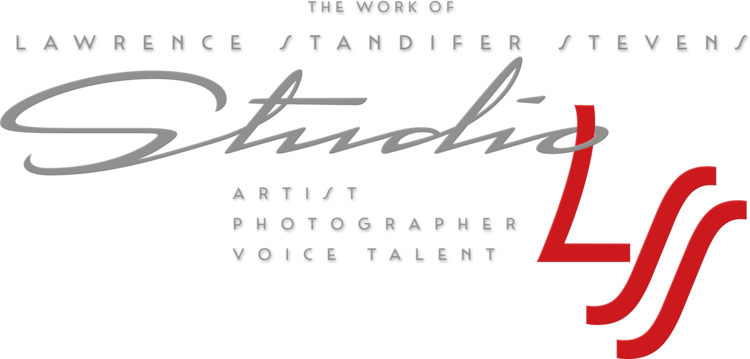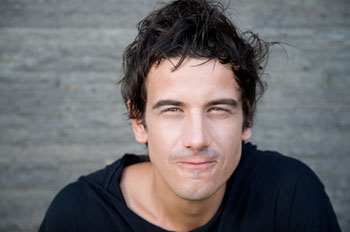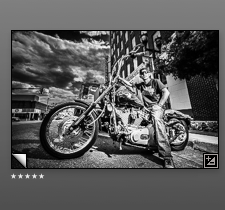Hitting the road! Follow me if you can.
It looks as though I'm really going to hit the road tomorrow — make that TODAY — for the 2015 Southwestern High Desert Photo Tour. I'm leaving only a week later than planned but better late than never.
My itinerary is pretty simple: Like last year, I'm making a big loop. This year, however, it looks like a squashed, widened outline of the State of Texas.
Fort Davis and the McDonald Observatory are the first stops on this trip. Then Alpine (where I have family - once removed) and on to Marfa, where I hope to find a gallery or two to represent me in West Texas. My art and photography are aching to hang on somebody's wall out there.
On to El Paso for a day of shooting and then, possibly, to the Gila Wilderness in southwest New Mexico and on to Tucson, Phoenix, and Flagstaff. No real time for the Grand Canyon (been there, done that) so it's eastward on the back side of the trip.
Crossing the AZ|NM state line, I plan to sail up to Shiprock, NM to photograph the incredible rock monument, considered by the Navajo to have sacred significance.
On to Albuquerque again, just as last year, but this time I'm hoping to have the time to head to Santa Fe. My friends, Larry and Karen Hallman are building a place there and it might be fun to spend a few hours with them, if our schedules coincide.
I definitely want to spend a night in Tucumcari at the Bluebird Motel, a funky 50-ish rest stop on old Route 66. Take a look at the pics from last year's tour waaaaaay below. I'm hoping for a little less cloud cover this time.
On to Amarillo, OKC and then Dallas on July 3rd.
Roadtrippers says its about 2600 miles. Last year, my trip was supposed to be 2100 miles but ended up at 2600, so I'm guessing this may turn into a 3000 mile trip. Whoa! In 11 days, no less.
We'll see how it goes. I'll keep you posted and try to upload a few images along the way. I learned last year that trying to travel, shoot, AND blog about it was a major undertaking. This may turn into Blog Lite.
If you have any suggestions or want to have coffee or a beer while I'm on the road, let me know here or on Facebook.
See you on down the road.


















